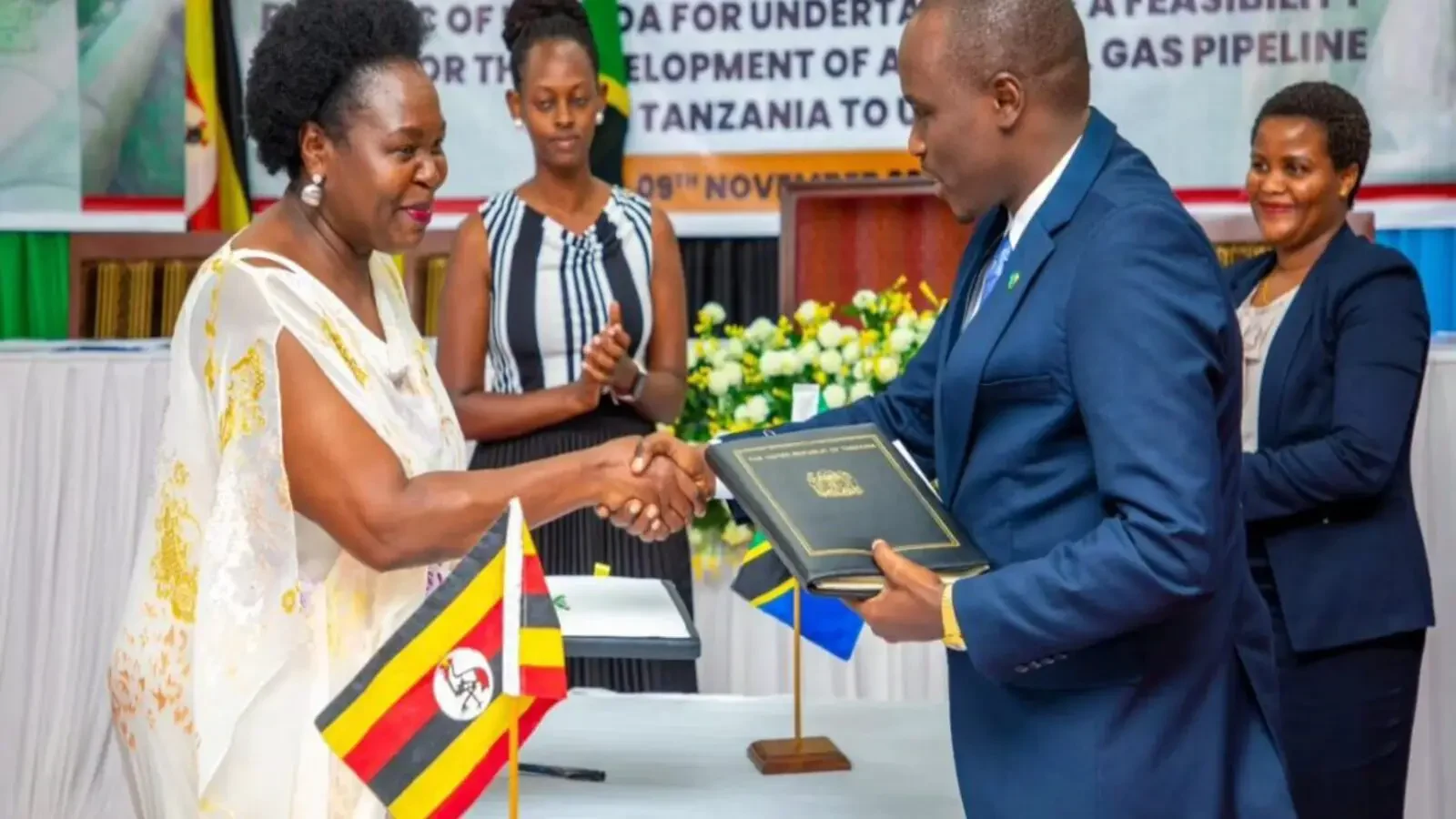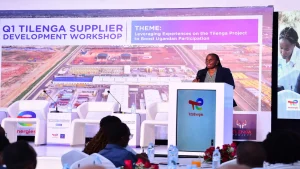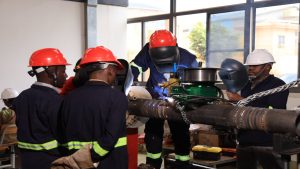Share
Tanzania and Uganda signed a bilateral agreement on Thursday that pledges to build a natural gas pipeline in a ground-breaking and spice-infused gesture.
This pipeline has the potential to catapult both countries into an age of extraordinary energy security and economic prosperity.
The ink on the historic deal dried under the careful eyes of Tanzania’s Deputy Prime Minister Doto Biteko and Uganda’s Minister of Energy and Mineral Development, Ruth Nankabirwa, signaling the start of an ambitious endeavor that is destined to transform East Africa’s energy landscape.
The pipeline, a massive technical feat, is set to snake its way from Tanzania’s gas-rich southern areas, going on a trip that would alter Uganda’s energy industry. Once operational, its primary duty will be to power companies, brighten communities, and bring economic growth aspirations to reality.
As the deal was being signed, Biteko said, “This project will not only skyrocket the demand for natural gas, but it will also breathe vitality into Tanzania’s Lindi and Mtwara regions, transforming them into powerhouses of energy production.” He teased that neighbors Kenya and Botswana had already cast jealous looks at Tanzania’s vast natural gas prospects.
Biteko enthusiastically declared, “Our gas processing has surged to an astonishing 250 million cubic feet per day, with 80 percent powering the heartbeat of our nation through electricity and the remaining 20 percent gracing industrial, household, and transportation needs.”
Biteko underscored the origins of this revolutionary deal, saying, “This agreement, hewn from the bedrock of a Memorandum of Understanding signed in August 2018, symbolizes our nations’ shared vision.” We want to do a thorough feasibility assessment, evaluating the project’s minute elements, from architectural intricacies to the insatiable desire for gas and the massive pipeline capacity.”
Biteko revealed the finding of 57.54 trillion cubic feet of natural gas while reveling in Tanzania’s gas wealth. His announcement echoed a promise to find new riches in places as diverse as Eyasi Wembere, Mnazi Bay North, Songosongo West, Lake Tanganyika’s unknown depths, and the enormous expanse of the deep sea.
Not to be outdone, Ugandan Minister Nankabirwa expressed her country’s unshakeable commitment to accelerating this revolutionary effort. “We recognize the critical importance of this project and are committed to completing it as soon as possible,” she stated, asking the joint implementation committee to race through the procurement process like a gazelle on the savannah.
With a nod to history, Nankabirwa emphasized Tanzania and Uganda’s symbiotic energy dance, citing collaborative projects such as the awe-inspiring 14-megawatt Kikagati hydropower venture, the power-transmitting extravaganza of Masaka Mutukula to Mwanza, and the East African Crude Oil Pipeline (Eacop) project.
This gas pipeline agreement, like a phoenix emerging from the ashes of bureaucratic wrangling, is unquestionably a watershed moment in East Africa’s energy integration plan.









